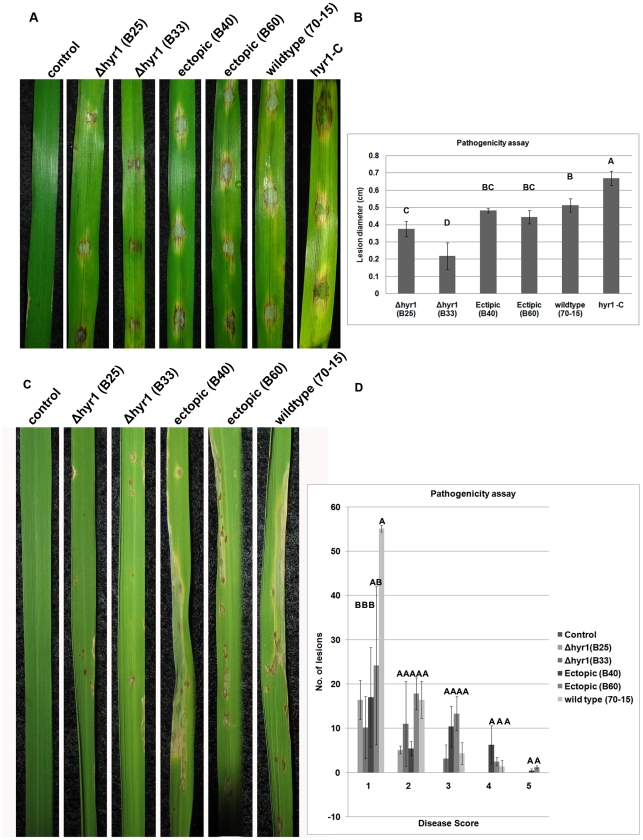Figure 4. Δhyr1 exhibits a virulence defect.
Δhyr1 mutants display a decrease in pathogenicity compared to wild type, on susceptible barley and rice. (A) Conidia of two Δhyr1 mutants, B25 and B33, were drop-inoculated onto barley cultivar Lacey and show a virulence defect compared to ectopics (B40 and B60), the complemented line (Δhyr1 - C), or 70-15 (wild type), as manifested by smaller lesions at 7dpi. (B) Quantification of lesion size reveals a significant difference in virulence between wild type and ectopics, and the mutants. Different letters over the bars indicate a significant difference as determined by a student's t-test, and a p-value of ≤0.01. (C) Rice plants (cultivar Maratelli) were spray-inoculated with the mutants, ectopics and wild type (as above) and scored for lesion type 7 dpi. (D) Quantification of lesion type (0 = no symptom; 1 = pinhead-sized brown specks; 2 = 1.5 mm brown spots; 3 = 2–3 mm gray spots with brown margins; 4 = many elliptical gray spots longer than 3 mm; 5 = coalesced lesions infecting 50% or more of the leaf area), reveals no difference in lesion types 1-3 however the two mutants do not make any lesion types 4 and 5. Lesions were photographed and measured or scored 7dpi and experiments were repeated twice with similar results. Different letters over the bars indicate a significant difference as determined by a student's t-test and a p-value of <0.05.

